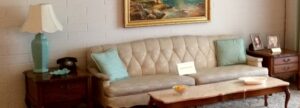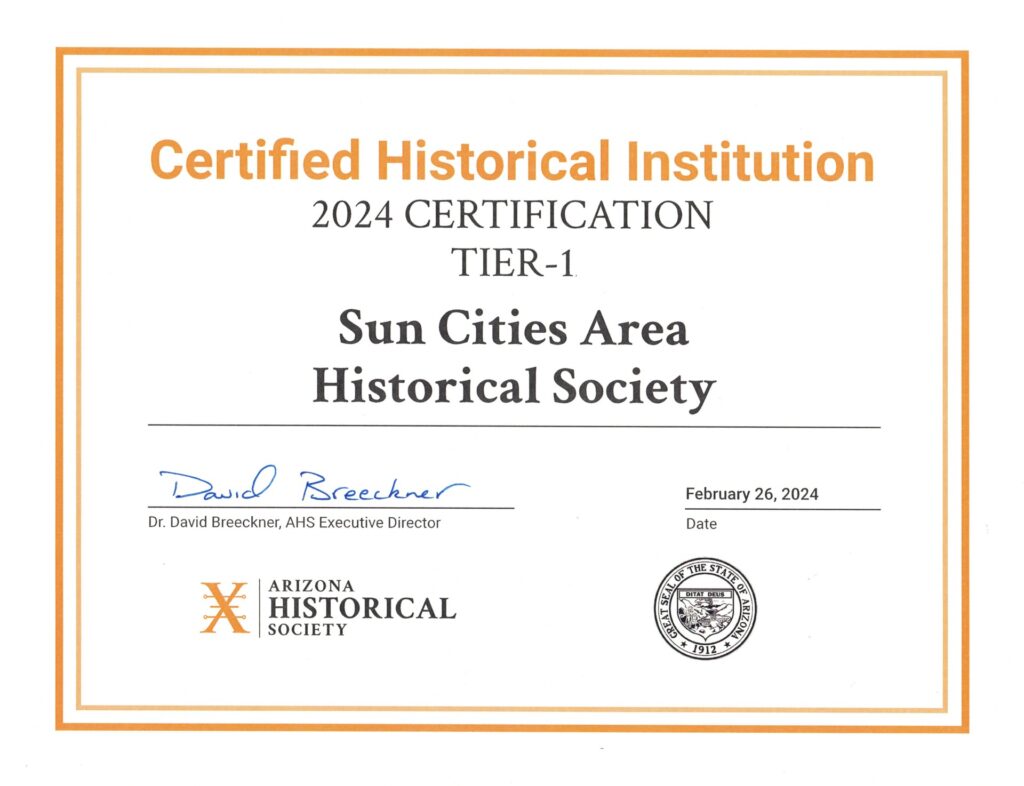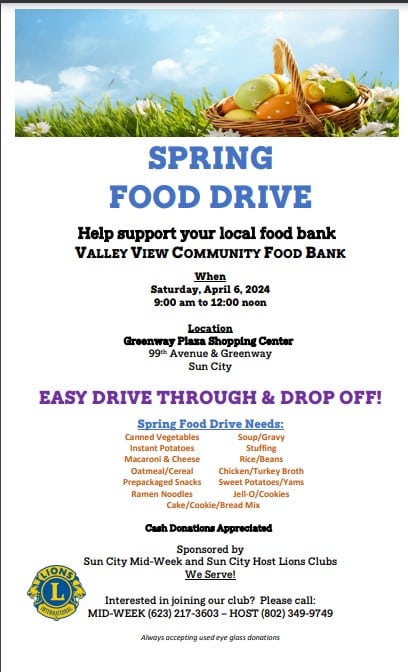SUN CITY, ARIZONA
The Community That Changed A Nation!
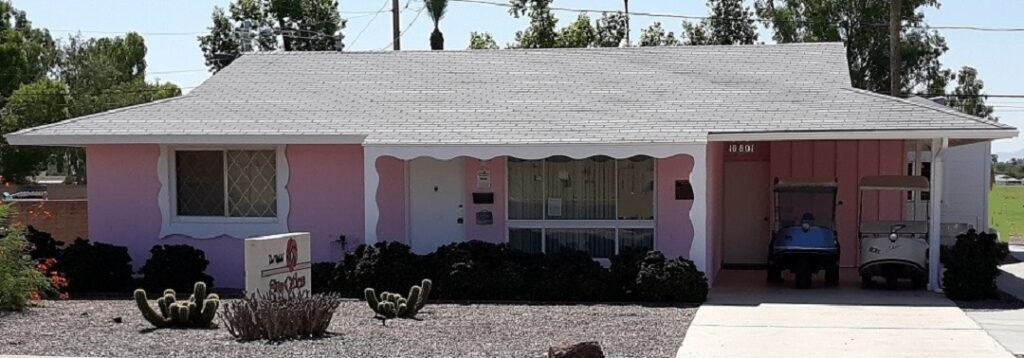
Welcome to Our Museum Website
where we are dedicated to sharing the history of SUN CITY and SUN CITY WEST, as well as DEL E. WEBB and the company he created that developed both communities.
We hope that you will find our website to be user-friendly and helpful. Alternatively, if you are nearby, consider stopping by for a visit. Every visit will be a little bit different because new displays are always being added.
We also hope you’ll think about joining the Museum. Memberships are essential to our operation and are the driving force behind our ongoing success.
Look What’s Coming

ORAL HISTORY
From HISTORY/RESEARCH, scroll down to "Oral History: Audio, Video, Transcripts." You will be pleasantly delighted by the improvements and ease of use.

HUNDREDS OF NEW PHOTOS
We have updated our website with hundreds of new pictures. From HISTORY/RESEARCH, select Sun City or Sun City West and look for PHOTOS
Poms 45th Anniversary

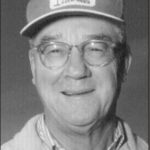
Join us as we celebrate
Del Webb’s birthday!
Stop by the museum to celebrate the 125th birthday of Del E. Webb. Enjoy films and exhibits showcasing the life of Sun City’s founder, as well as ice cream treats throughout the day.
10 a.m.-4 p.m. Friday, May 17

Sign up for our MailChimp newsletters to receive updates on museum activities and upcoming events. Our Sun City Historians will also provide you with articles that will educate you about the neighborhood.
Mission Statement
The Sun Cities Area Historical Society’s goal is to increase public understanding and appreciation of Sun City and Sun City West’s heritage. The Society gathers, saves, and exhibits information and artifacts in an effort to educate current and future generations about the innovative past of these distinctive active retirement communities.
VISIT US
Address:
10801 W Oakmont Dr
Sun City, AZ 85351
CONTACT US
Phone: 623-974-2568
Email: scahsm@gmail.com

